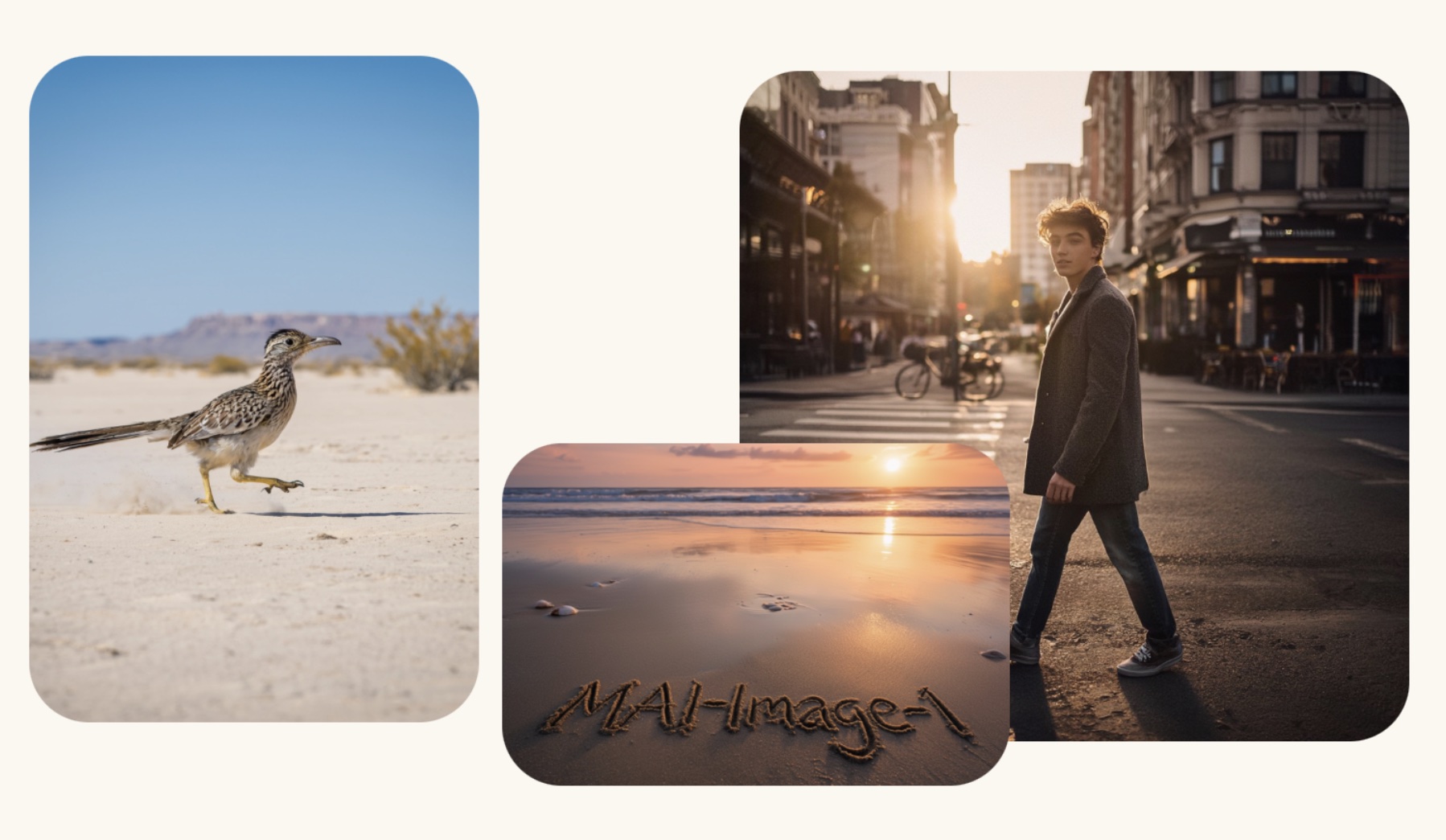Microsoft MAI-Image-1 Debuts in Top 10 AI Image Generation Models with Photorealistic Precision

Microsoft MAI-Image-1: A Breakthrough in AI Image Generation Debuts in the Top 10
Introducing a New Player in AI Visuals
Microsoft has officially released its pioneering image generation model, MAI-Image-1, marking a significant stride in AI-driven creativity and content production. The launch represents a strategic move, as the model was developed entirely in-house and is already making waves in leading benchmarks. This system distinguishes itself by placing 9th on the LMArena leaderboard, directly elevating Microsoft’s status among top-tier competitors and narrowly surpassing the previous-generation Seedream 3 model.
The development of MAI-Image-1 aligns with a broader technological vision, highlighting the company’s push for greater self-reliance in artificial intelligence. At its core, the model delivers not only rapid image synthesis but also emphasizes intricate control over sophisticated visual elements—such as bounce lighting, reflections, and the nuanced representation of natural landscapes. This level of detail is a result of meticulous data selection and robust evaluation methodologies, with a particular focus on delivering meaningful utility to creative professionals and digital content developers.
Unlike earlier approaches that risked monotonous or stylized outputs, Microsoft’s model is designed to maximize visual diversity and creative flexibility. Iteration speed and fidelity sit at the forefront, empowering users to experiment efficiently and transfer generative works into further workflows with ease. This blend of performance and quality signals a dynamic leap forward for the global image synthesis ecosystem.
Advancing the AI Landscape Through Autonomy
The debut of MAI-Image-1 is not an isolated development, but part of Microsoft’s ongoing commitment to purpose-built, independent AI architectures. Having launched other AI models for speech and language processing earlier this year, the organization is intensifying efforts to invest in cutting-edge machine learning infrastructure. The deployment of a next-generation computational cluster further underpins these ambitions, promising both higher scalability and the ability to support even more sophisticated models in the future.
Notably, MAI-Image-1’s integration into Microsoft’s larger ecosystem is already underway. Public announcements indicate imminent availability for end-users across platforms such as Copilot and Bing’s creative tools. Until full integration is achieved, early adopters can access the new technology directly on LMArena—a move positioning the solution for hands-on experimentation by developers, content strategists, and digital artists alike.
This initiative underscores Microsoft’s broader plan: deepening self-sufficiency while maintaining a cooperative spirit with industry partners. By owning the full lifecycle of model development, adaptation, and deployment, the company ensures more agile response to evolving needs in commercial image synthesis. Additionally, a tight feedback loop with creative professionals guides improvements, ensuring new features and refinements align closely with actual production requirements.
Competitive Impact and Future Prospects
Global interest in AI-powered image creation is at an all-time high, and achieving visibility among the top performers on widely recognized leaderboards is a crucial signal for both developers and enterprise clients. MAI-Image-1’s placing above Seedream 3 demonstrates its immediate competence and potential value for business applications, from digital marketing to visual storytelling and graphic design.
What sets this model apart within the crowded field are several core differentiators: photorealistic output, enhanced rendering of light and depth, and optimized workflows for rapid iteration. These strengths cater to a growing demand for content that feels authentic and visually compelling across industries that rely on digital media.
The next milestones for Microsoft involve seamless integration across its user-facing products, offering millions access to generative visual intelligence within familiar environments. As the line blurs between human creativity and machine assistance, the ability to produce expressive, accurate images on-demand will fundamentally change how digital creators work—and how audiences experience content.
Access and Exploration for Digital Innovators
Until MAI-Image-1 is fully embedded in mainstream platforms, its presence on LMArena opens the door for experimentation and evaluation by technical and non-technical audiences. This early access period allows for real-world feedback, ensuring the model evolves in response to diverse and demanding use cases before broader deployment.
For business leaders, creative professionals, and technology enthusiasts, this phase offers an exclusive look at the next generation of AI image generation. Whether used for advertising, branding, or original multimedia projects, the tool’s nuanced approach to visual composition is poised to redefine digital production workflows.
A New Era for Image Generation: What Comes Next?
With MAI-Image-1’s strong entrance, the landscape of generative AI continues to shift. Microsoft’s commitment to innovation, coupled with its drive toward independent technological advancement, places it in a commanding position. As integration with Copilot and Bing approaches, and with continuing refinement driven by user input, the arrival of this image generation model stands as a landmark event in the evolution of computational creativity.
Industry observers and creative communities alike will be watching closely as MAI-Image-1 transitions from proof-of-concept to a ubiquitous engine for digital imagination. In an increasingly visual world, the ability to deliver compelling, photorealistic images—quickly and at scale—may prove to be one of the most pivotal developments in the future of AI-powered content creation.
